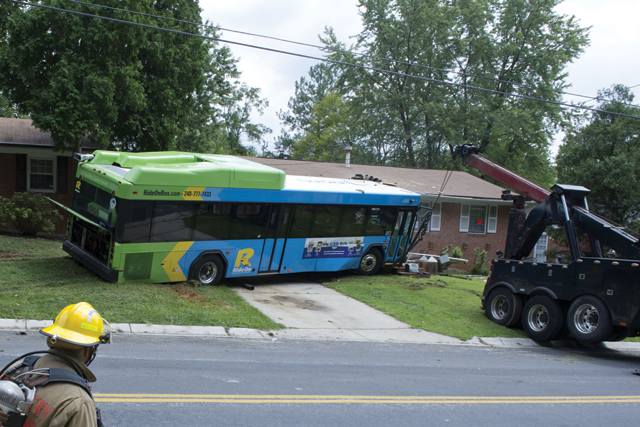
Freud theorized that dreams represent unacceptable wishes that the mind can only express in disguised form. The activation– r- n- n–
BARBARA L. SALISBURY/THE WASHINGTON TIMES/LANDOV